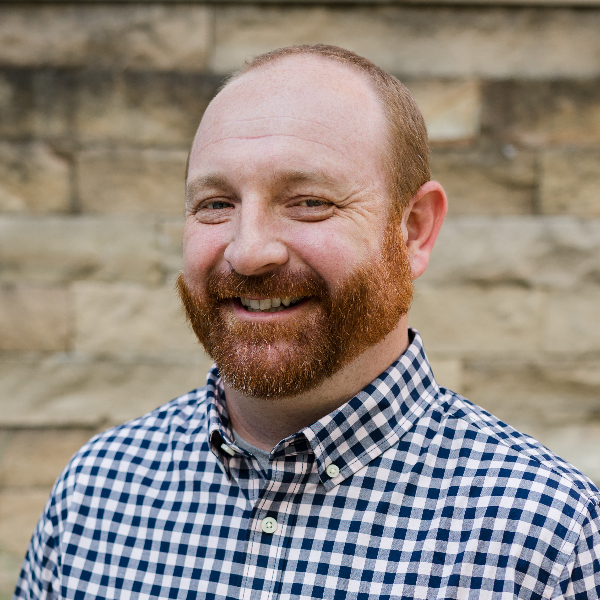In the News: Old Confronts New In A Gentrifying D.C. Neighborhood
In the Northwest corner of Washington DC, just north of the Capitol Mall by a few blocks sits a historic neighborhood called Shaw. I spent a year living in Shaw. When I saw this article, I knew I had to share it. The author, Sam Gringlas, hits the bulls-eye with this piece on gentrification in that neighborhood.
For anyone who wants to plant churches in the city, it is a worthwhile read. Gringlas reveals much of the complexity (and tension) that exists in neighborhoods like Shaw in major cities across America. The dynamic he presents has huge implications for gospel ministry.
When I would walk out of the townhouse where I lived in Shaw, the direction I turned my head determined the neighborhood I saw. If I looked to the right, I spotted tall cranes building luxury apartments and business centers. If I looked to the left, I saw dilapidated row houses and low income housing sprinkled with old corner stores and church buildings. Gentrification looked like a storm front descending on the neighborhood, and my house sat in the divide.
I would regularly have two distinct types of conversations. One type would occur with long-time residents of the neighborhood. Shaw is historically black and was once a center of African-American culture and influence. These people often had a negative view of the approaching gentrification. On the other hand, I would regularly run into young, mostly white millennials walking small dogs or riding bikes. These conversations took a completely different spin. They were excited about the positive change happening to their new neighborhood. In fact, they had no idea that many of the long-time residents were not happy about their presence. Many genuinely thought their presence, along with the new development and money they were bringing, were welcomed guests helping make the neighborhood safer and better.
Gringlas discusses this tension and points out some very telling details. The article begins with the narrative of an older gentlemen, Ernest Peterson, who has lived in the neighborhood for 40 years. He is a community fixture, and today feels like an outsider in his own neighborhood. Peterson says, “I been here since ‘78. They have been here six months or a year, and they question my purpose for being here.”
Other evidence of this tension marks the article. Gringlas notes a housing development that is filing lawsuits against tenants with late rent (often less than $100) so they are forced to move out and make space for young professionals. He describes a startling hike in property value, pointing to one resident who purchased her house in 1981 for $42,000. The last valuation for property taxes was $888,000, jumping $150,000 in the past year. She regularly receives calls from developers asking her to sell. Of course, some point out the obvious increase in equity she has received, but that requires her to sell and leave her home. And even if she decides not to sell, her property taxes are barely affordable, which may force her to leave.
Gringlas sums up this development by noting the overall effect on the population of the neighborhood. In 1980, it was 78 percent black. By 2010, that number had dropped 44 percent. He is careful to note that this is not just an upswing in white people. Many of the former residents have had to leave and the total number of black residents has actually dropped.
The final paragraphs of the article deal with the social interaction between the two resulting groups in the neighborhood, and it is strained at best. Peterson seems pessimistic about the prospect of long-time residents maintaining a place in their home neighborhood, “I see very few people who look like me that will be here in the next five to 10 years.” Another long-time resident, Virginia Lee, reflects, “all that has come has been material in nature and very little has been done to preserve the human aspect of a city that’s being transformed. We have our gathering spots; they have their gathering spots.”
Why it matters…
Feature pieces like this are important for those of us who want to reach our North American cities. While gentrification is currently a relatively small occurrence, it is rising rapidly around the country. It brings with it an important social setting that needs to be understood by young, hopeful church planters.
When we say we are trying to “reach a city” we need to think through what we actually mean by that. It is common today to see new, urban church plants ride on the backs of gentrification into a neighborhood. Many plants that seem to “make it” nowadays do so not because they are reaching long term residents but by attracting newcomers, many of which were already believers. Now, planting a church that reaches the new, young professionals is not a bad thing, especially if it is intentionally gathering through conversion. However, it is naive to overlook the social dynamic at play in this kind of neighborhood and assume that the church you plant will be equally effective at reaching people across the developing divide. Instead, a plurality of strategies is necessary. Urban church planting must consider the diversity that exists in cities. Simply put, the gospel contextualizes differently to different people. It’s one gospel, but this one gospel needs manifestations that speak to all kinds of audiences.




